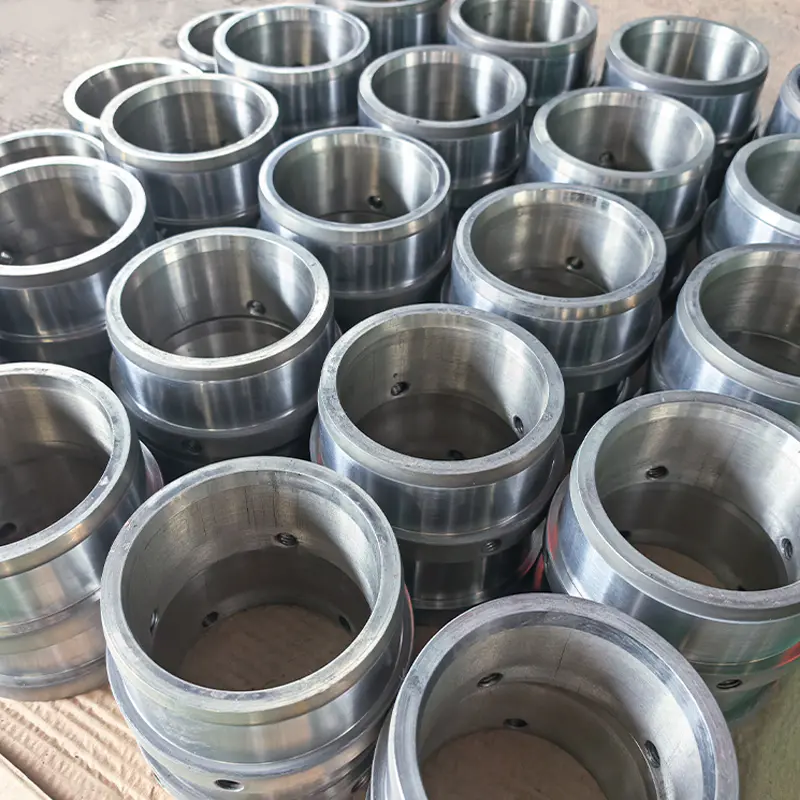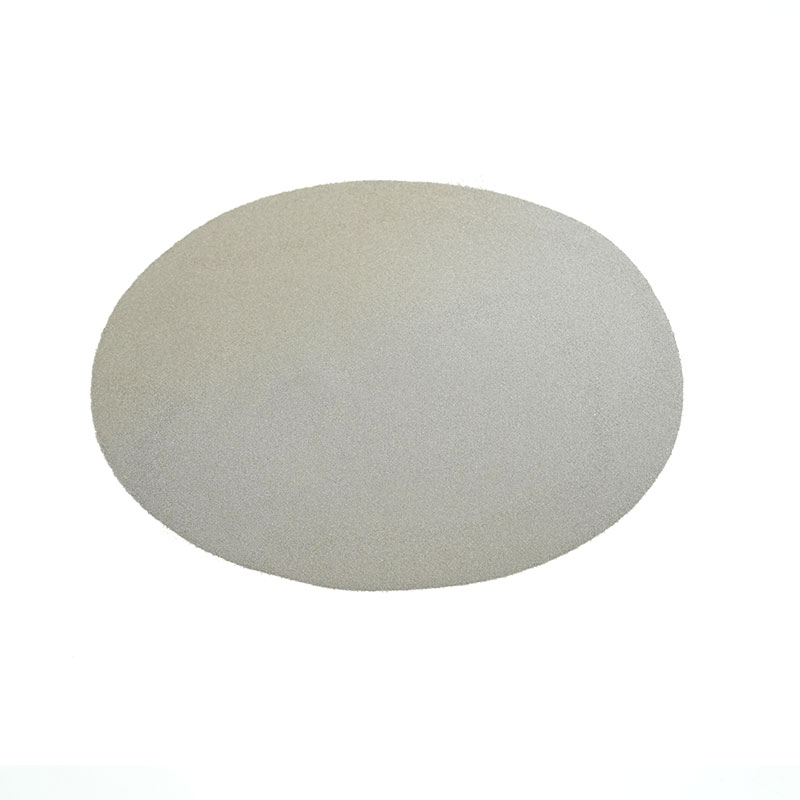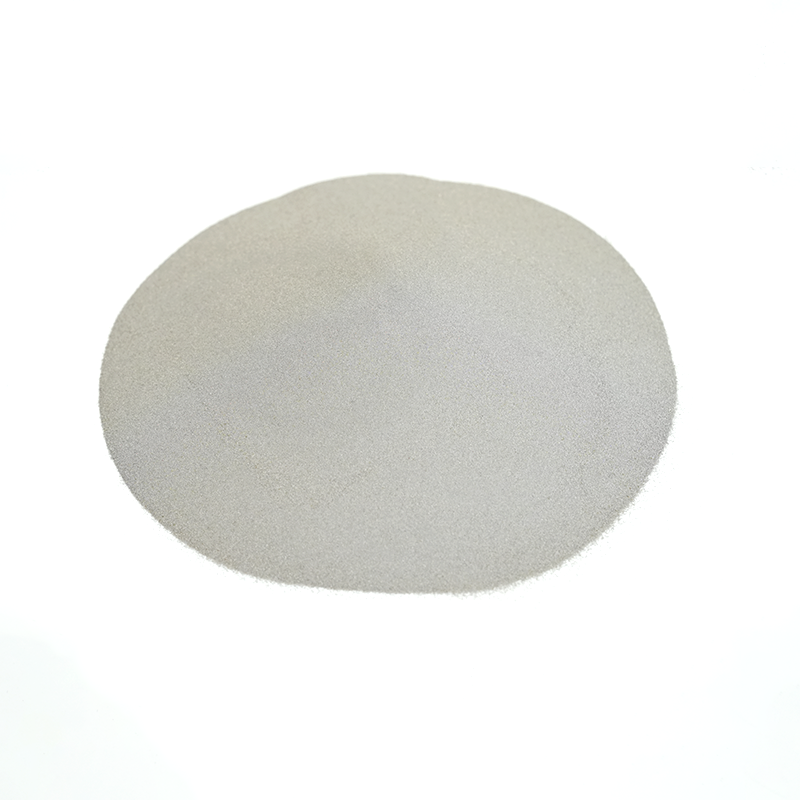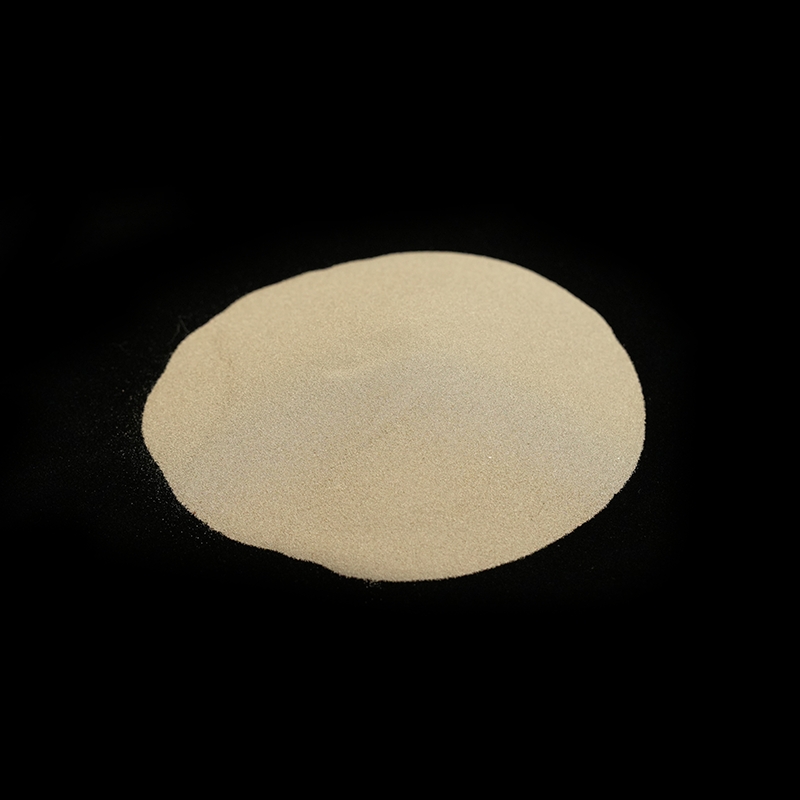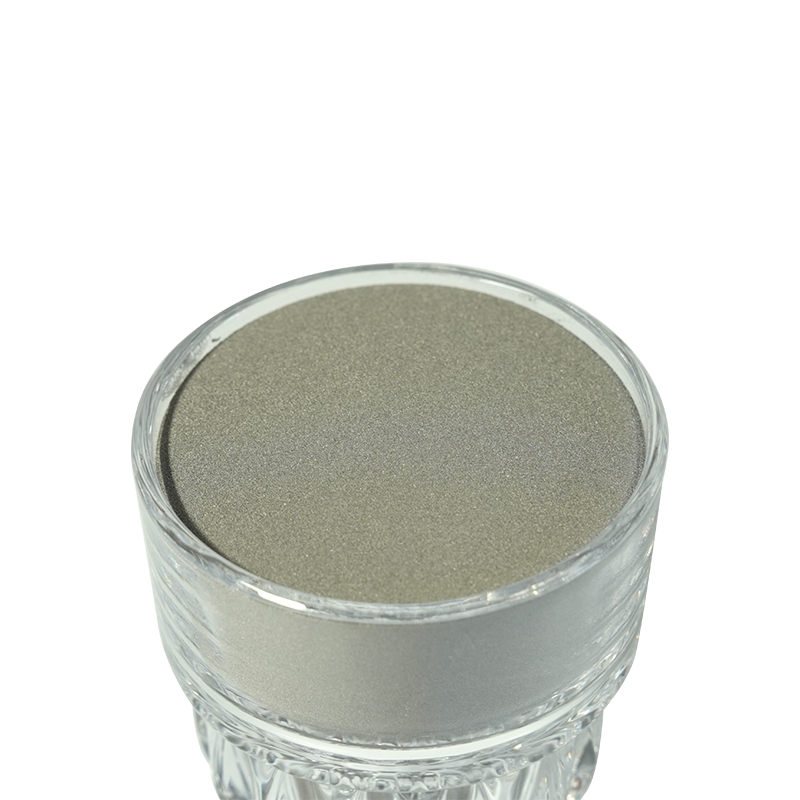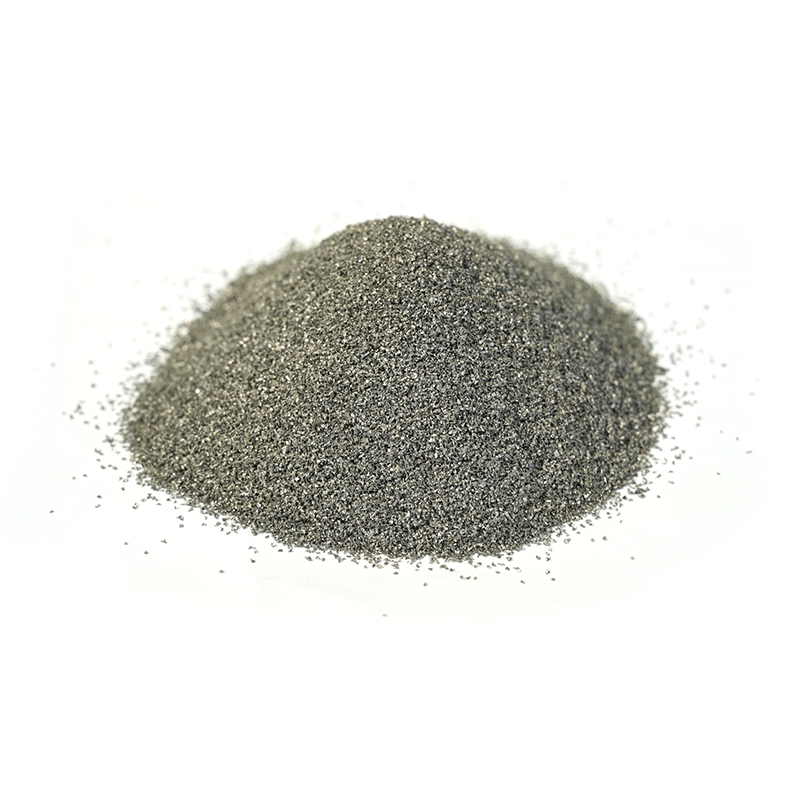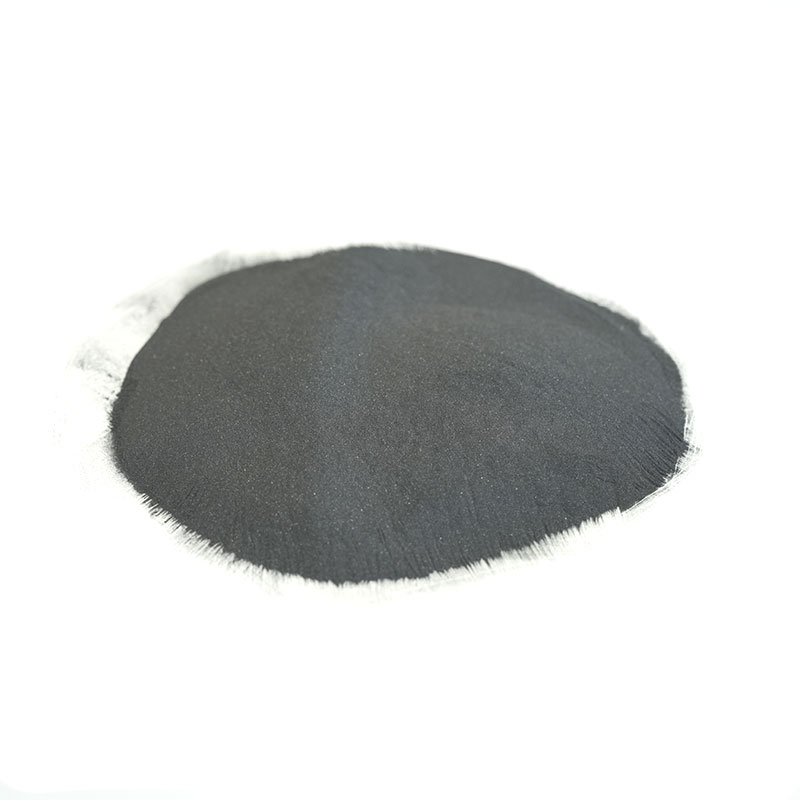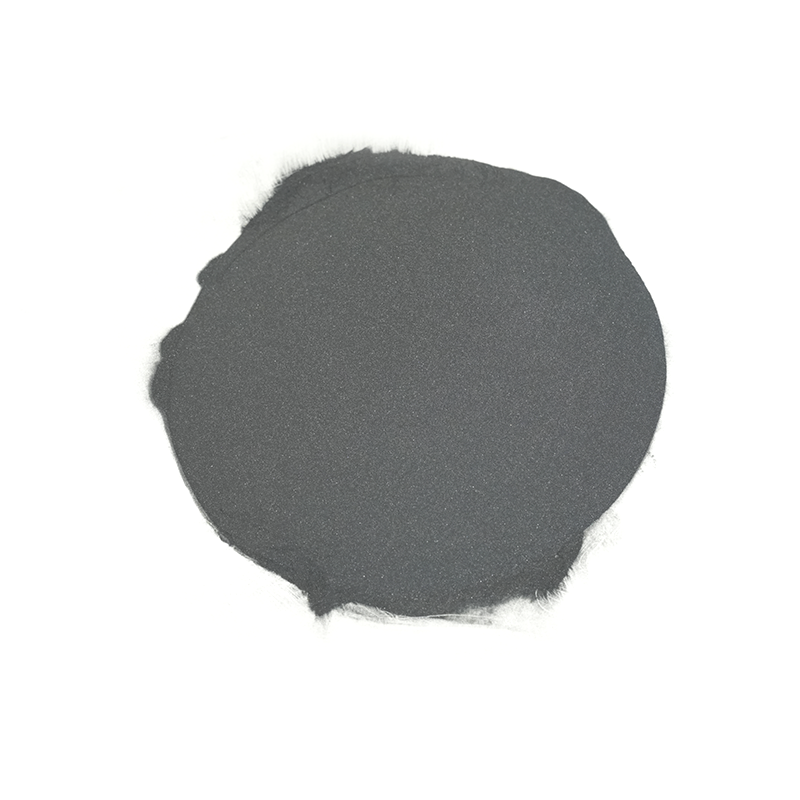Ceramic powders, also known as ceramic particulates or finely divided ceramic materials, form the fundamental building blocks for a vast array of advanced ceramic products. Their unique combination of physical and chemical attributes dictates the final properties of manufactured ceramics, influencing everything from their mechanical strength and thermal resistance to their electrical conductivity and optical transparency. Understanding these basic properties is crucial for materials scientists, engineers, and manufacturers involved in the design and production of ceramic components.
1. Particle Size and Distribution
One of the most critical properties of ceramic powder is its particle size. This refers to the average diameter of the individual particles within the powder. Powders can range from nanometers (nanopowders) to several tens of micrometers. Closely related is particle size distribution (PSD), which describes the range of particle sizes present in a given sample.
-
Impact: A smaller average particle size generally leads to higher green density (the density of the unfired ceramic body) and allows for lower sintering temperatures. A narrow particle size distribution (more uniform particles) is often preferred as it promotes more homogeneous packing, reduces defects, and leads to more consistent final properties after sintering. Wide distributions can lead to differential shrinkage during firing and increased porosity.
2. Particle Shape
The shape of ceramic particulates can vary significantly, ranging from spherical, equiaxed (roughly equal dimensions in all directions), and plate-like to irregular or needle-like.
-
Impact: Particle shape influences powder packing density, flowability, and the contact points between particles. Spherical particles, for instance, tend to pack more efficiently and flow better than irregular ones, which can be advantageous in processes like dry pressing. Irregular shapes, however, can sometimes lead to greater green strength due due to mechanical interlocking.
3. Surface Area
The specific surface area of a ceramic powder refers to the total surface area per unit mass of the powder. It is inversely proportional to particle size; smaller particles have a larger specific surface area.
-
Impact: A high specific surface area can promote faster sintering kinetics due to more contact points and shorter diffusion paths. However, it can also lead to increased agglomeration (clumping of particles) and higher surface energy, making the powder more reactive and potentially more difficult to handle. Surface chemistry and adsorbed species also play a significant role here.
4. Chemical Composition and Purity
The chemical composition of ceramic powder dictates its fundamental nature, determining its crystal structure, bonding type, and inherent properties. Purity refers to the absence of undesirable impurities.
-
Impact: Even trace amounts of impurities can significantly alter the sintering behavior, microstructure, and final properties of a ceramic. For example, certain impurities can act as grain growth inhibitors or promoters, or they can form secondary phases that weaken the material or affect its electrical properties. High-performance ceramics often demand extremely high purity levels.
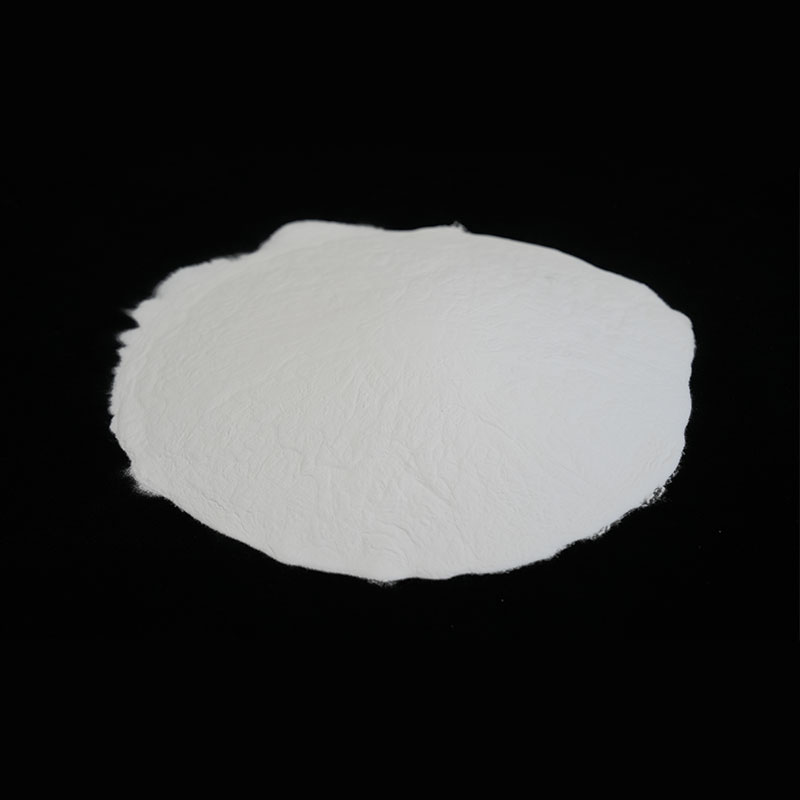
5. Crystal Structure
Most ceramic powders are crystalline, meaning their atoms are arranged in a highly ordered, repeating lattice. The crystal structure (e.g., cubic, hexagonal, tetragonal) is intrinsic to the material's chemical composition. Some ceramic powders can also be amorphous (non-crystalline).
-
Impact: The crystal structure fundamentally determines many of the ceramic's properties, including its mechanical strength, thermal expansion, electrical conductivity, and optical characteristics. Polymorphism (the ability of a material to exist in more than one crystal structure) is also important, as phase transformations during processing can impact the final microstructure and properties.
6. Density (True and Apparent)
True density (also known as theoretical density or skeletal density) is the density of the solid material itself, excluding any pores. Apparent density (or bulk density) refers to the density of the powder in its packed state, including the inter-particle voids.
-
Impact: True density is a material constant. Apparent density is important for processing, as it influences mold filling, compaction behavior, and the amount of material required to achieve a desired green density. A higher apparent density generally indicates better packing and less porosity in the green body.
7. Flowability and Angle of Repose
Flowability describes how easily a powder flows, which is crucial for uniform die filling in processes like pressing. The angle of repose is a common measure of flowability, representing the angle of the conical pile formed when powder is poured onto a flat surface. A smaller angle of repose indicates better flowability.
-
Impact: Good flowability ensures consistent green body density and reduces defects caused by uneven powder distribution. Factors like particle size, shape, surface roughness, and moisture content influence flowability.
8. Agglomeration
Agglomeration refers to the tendency of individual ceramic particulates to stick together, forming larger clusters. These can be soft agglomerates (weakly bonded) or hard agglomerates (strongly bonded).
-
Impact: Hard agglomerates are particularly problematic as they can persist through processing, leading to localized density variations, pores, and ultimately, defects in the final ceramic. Dispersing agglomerates is a key challenge in ceramic processing and often requires milling or dispersion agents.


 English
English русский
русский عربى
عربى